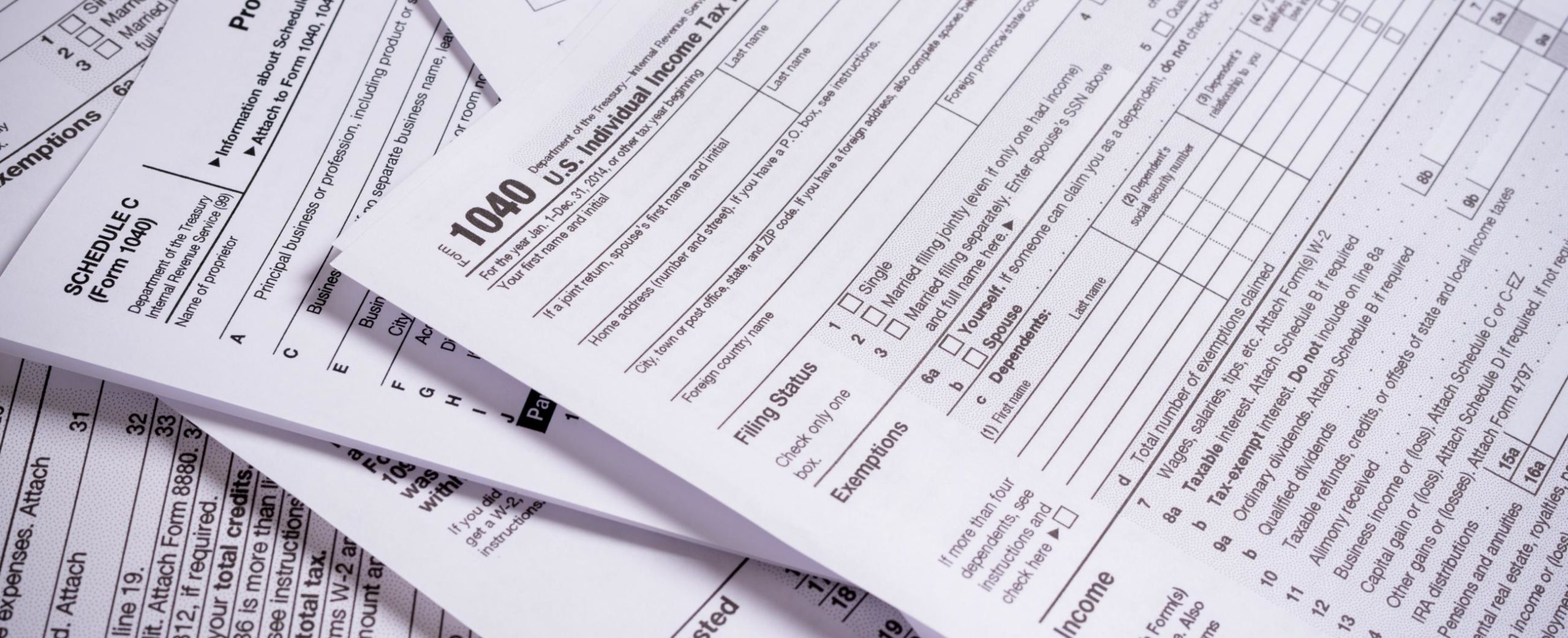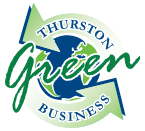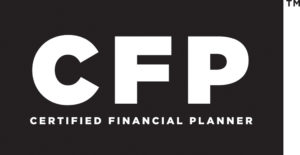As we are now in the thick of tax season, I get asked frequently “how can I pay less in tax?” While you should usually be happy to pay more in federal taxes (because that means you probably made more), there are strategies that with a little time and effort can reduce your overall tax payments. Because I have talked about most of these in past articles I am going to keep it brief and summarize them below. There are many other strategies, especially if you are a business owner or have rentals, but I am going to stick with a list of the investing tax strategies.
- Fully Funding 401ks or IRAs
This isn’t a blanket statement for everyone, but if you think you will drop tax brackets in retirement then this is the first thing to look into.
- ROTH Conversion
This will boost your tax in the year of the conversion, but if done strategically can save you a significant amount of taxes over your lifetime.
- Tax Loss Harvesting
Realizing losses isn’t always bad, and can immediately start reducing your tax liability. This strategy has been shown to gain you up to .3%³ in additional return.
- Use Municipal or Taxable bonds
Some investors, especially in the high tax brackets, should be investing in municipal bonds in any non-qualified (non-retirement) accounts to net a better after tax return. Look into tax equivalent yields to find out what is best for you.
- Asset Location
Purchasing high growth assets in non-retirement or ROTH accounts and dividend or interest paying assets in tax deferred accounts can net up to .75%¹ of additional return.
- Charitable Giving
With the recent change in the tax code many people will find themselves unable to deduct their charitable giving. But using a double up strategy or donor advised fund may be able to get you there.
- Gift Appreciated Assets
If you gift to a charity you may not be able to itemize the deduction anymore but at least you won’t have to pay on the capital gains. Another strategy is to gift the appreciated asset to a child with lower earnings who might be able to sell the asset with 0% capital gains tax.
- Qualified Charitable Distribution
If you are over 70.5 and have to take a required minimum distribution you can gift directly from your IRA to a charity and it won’t be counted in your adjusted gross income.
- Optimal Withdrawal Order
Once you’re taking normal distributions from your portfolio, you typically want to withdraw from your accounts in the following order: non-retirement, tax deferred and then ROTH. This is conventional wisdom but not always the most tax efficient. Having a tax efficient strategy can add up to .7%¹ of additional return.
- Optimal Tax Lot
Custodians have a default setup on your accounts to automatically calculate your cost basis and gains when assets are sold. You can usually change the default, and will typically want to change it to a “Loss Harvester” or “Highest First” calculation.
While this list isn’t exhaustive, it is a good representation of the many ways to get a better net return and at the same time not take on more risk. Consult your advisor to make sure the specific strategy is correct for you and your circumstances.
Take care,
Andrew T. Prentice CFP®
1Kinniry, Francis M. Jr.,CFA, Colleen M. Jaconetti, CPA,CFP®, Michael A DiJoseph, CFA, and Yan Zilbering, 2014. Putting a value on your value: Quantifying Vanguard Advisors’s Alpha. Valley Forge, PA.: The Vanguard Group
3Kitces, Michael E. MSFS, MTAX, CFP®, CLU, ChFC, RHU, REBC, CASL, 2014. Evaluating the Tax Deferral and Tax Bracket Arbitrage Benefits of Tax Loss Harvesting. https://www.kitces.com/blog/evaluating-the-tax-deferral-and-tax-bracket-arbitrage-benefits-of-tax-loss-harvesting/





